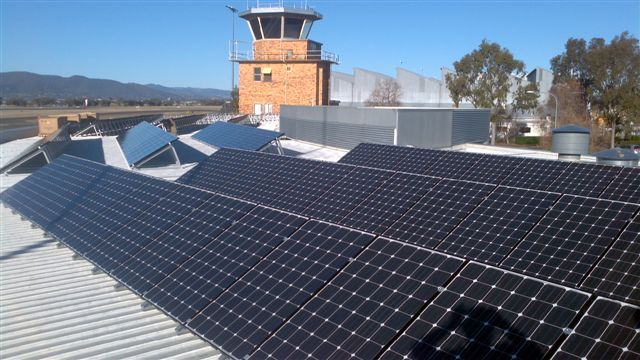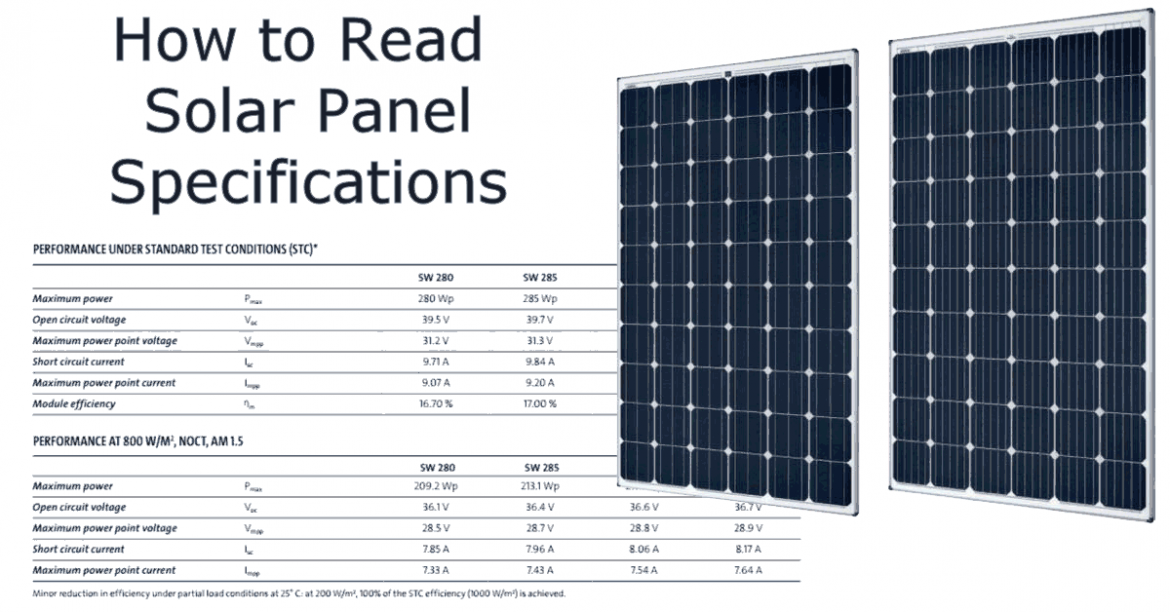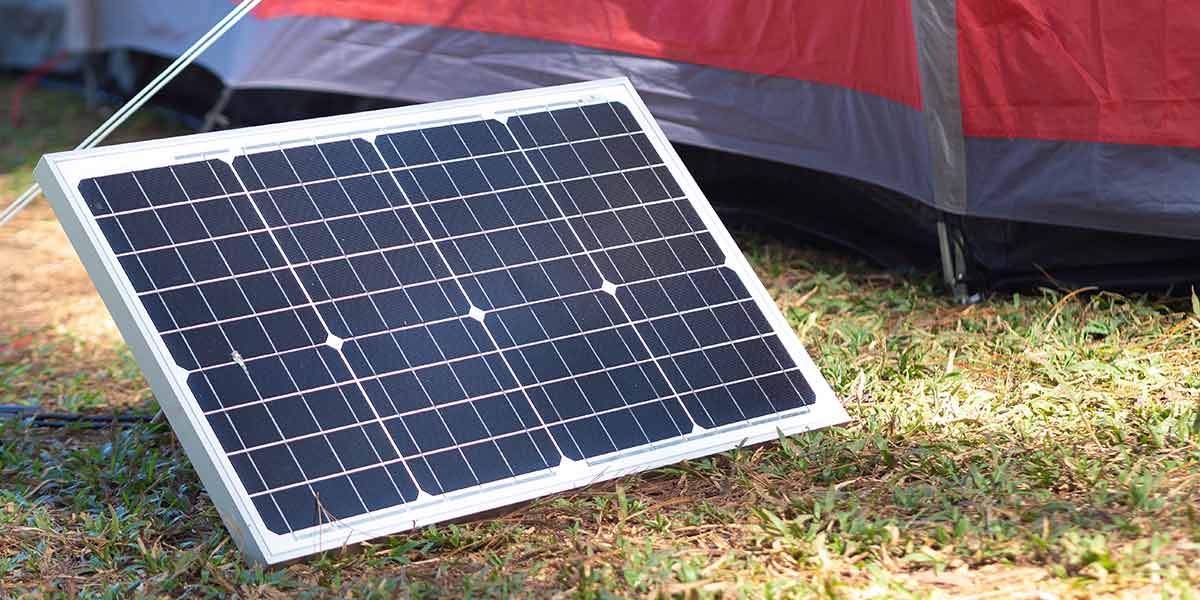Photovoltaics produce power when the angle at which the sun s rays hit the panel surface the angle of incidence is small or when light strikes the panel as close to perpendicular as possible.
Good angle for morning solar panel.
Tilt the panels to your latitude.
This table gives some examples.
Positive 90 degrees is facing due west negative 90 degrees is facing due east.
There are two methods for calculating the tilt angle for solar panels.
Both of these angles require latitude degrees.
Similarly you can calculate the angle for winter by adding 15.
If you are able to adjust the angle of your solar panels a few times per year here is the adjustment schedule we recommend.
However if the panels are turned at an angle greater than 45 compared to true south production begins to decrease significantly.
However the panels can be installed anywhere between 10 to 35 deg with negligible efficiency loss.
The best tilt angle for winter is the latitude times 0 875 plus 19 2 degrees.
At 90 from true south therefore east and west production can drop to 30.
This decline is due to the fact that solar panels during most of the day are exposed to weak and not perpendicular sunlight.
In order to collect energy more efficiently solar panels should be angled to face as close to the sun as possible.
If panels were placed facing east or west they would generate a good amount of energy only during the morning or the evening.
However to get the best of both times you need a north or south.
Forbes cited one study that had bloggers questioning whether panels should really face west.
In most of the solar pv energy calculator tools an azimuth value of zero is facing the equator in both northern and southern hemispheres.
If your latitude is between 25 and 50 then the best tilt angle for summer is the latitude times 0 93 minus 21 degrees.
Tilt the panels to your latitude minus 15.
While it s true they should face south for the best results a west facing system would have produced 49 percent more electricity during the peak demand hours of the summer months than a south facing system.
Choosing the best angle and direction for your solar panels will optimize the amount of sunlight they receive and allow you to get the most out of your solar power system.
The compass angle shows 180 for south 90 for east and 270 for west.
Some who install them on their roofs are somewhat limited but if you have the luxury of choosing exactly how you want your system setup there are a few tricks you can use.
Tilt the panels to your latitude.
If your latitude is outside this range see other situationsbelow.
The orientation of the panels and the angle they are tilted will have a greater effect on annual energy production.





























